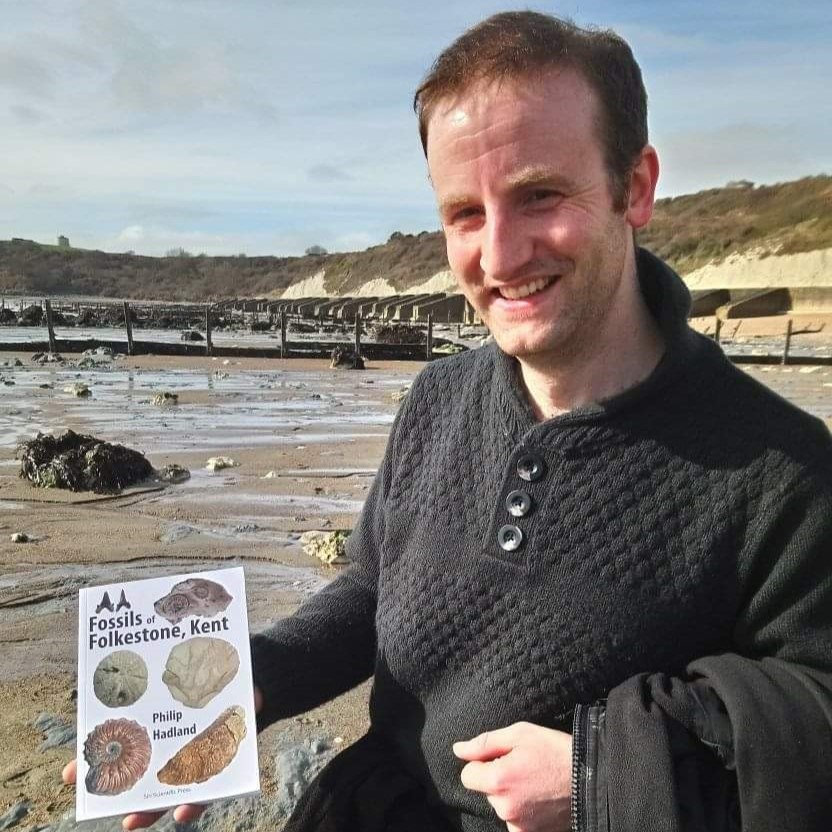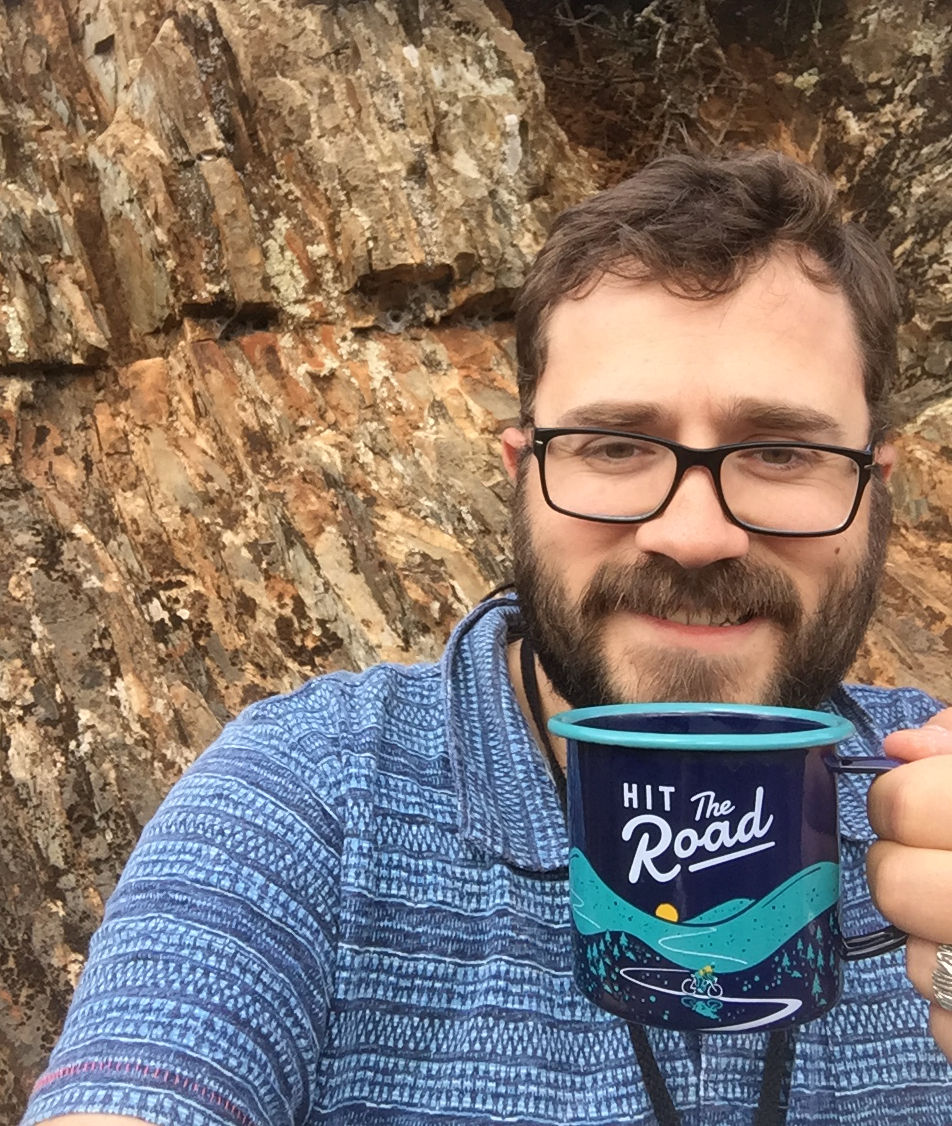 Current Committee Role:
Current Committee Role:
Journal Editor, Geological Curator
About Me:
I am a Collections Manager in Earth Collections at the Oxford University Museum of Natural History. I am responsible for the day-to-day management of the Museum’s mineralogy and petrology collections, and parts of the invertebrate palaeontology collections. My role includes: managing the storage and conservation of the collections; developing the collections through new acquisitions, documentation and digitisation; answering public enquiries; and, facilitating research visits and loans. I also have a significant role in developing new exhibitions and displays from temporary exhibitions like First Animals to major new permanent displays.
I started my career with an MGeol in Geology with Palaeobiology from the University of Leicester, and completed a PhD at the University of Bristol using pioneering Synchrotron Radiation X-Ray Tomographic Microscopy to reveal the internal structure of the first vertebrate and brachiopod skeletons. Prior to moving into a collections-focussed role in 2020 I held a number of a postdoctoral research positions, most recently as a Leverhulme Early Career Fellow at the Museum of Natural History. I continue to conduct research through a range of collaborative projects. My research interests are focused on: using the fossil record to understand the early evolution of animals, in particular their skeletons; how decay and preservation bias our understanding of exceptionally preserved fossils; and, the anatomy and evolution of the first vertebrates.
I joined GCG committee in 2022 as the editor of the journal Geological Curator and am the first contact for journal submissions and queries, and always open to suggestions for special editions. I am also a Fellow of the Geological Society of London, and a member of The Palaeontological Association, The Russel Society and NatSCA.
You can also find me on Twitter.
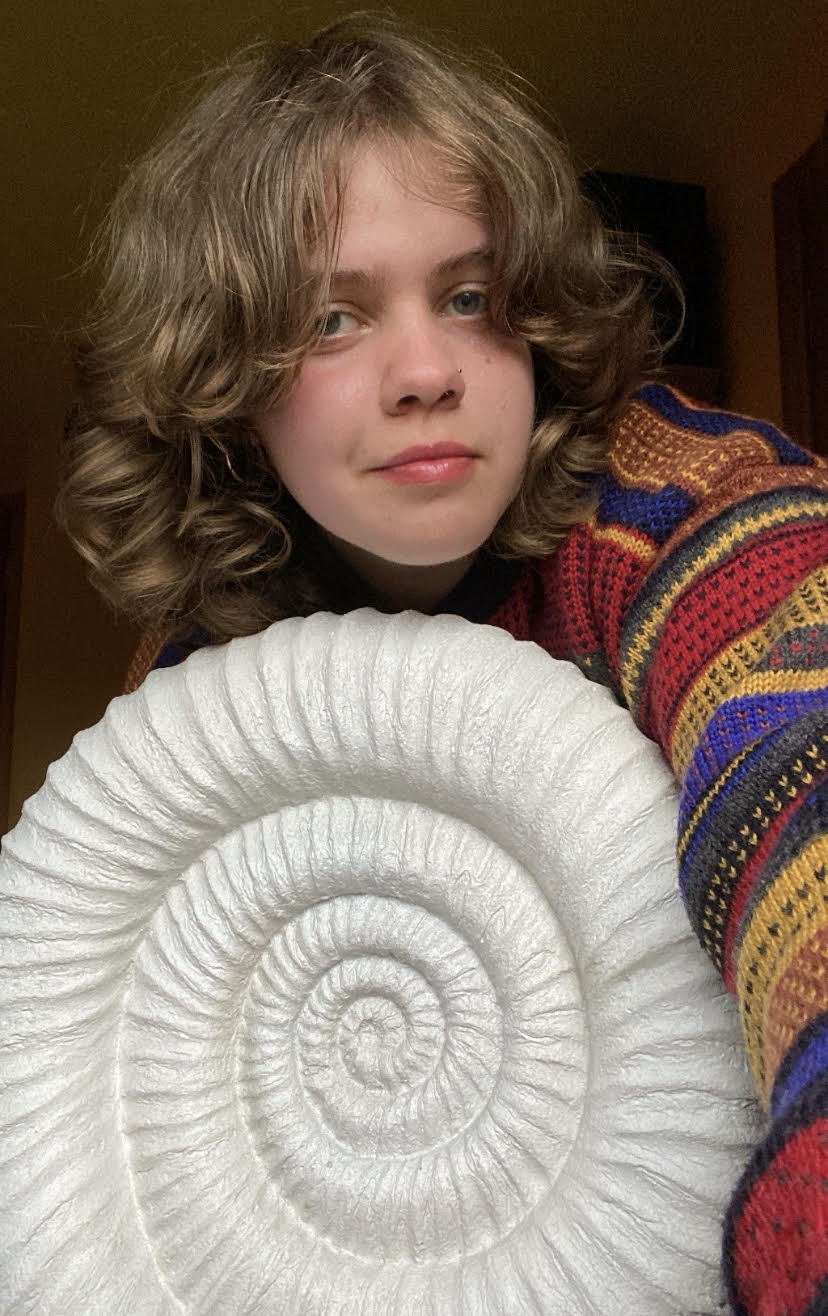 Current Committee Role:
Current Committee Role:
Equity, Diversity and Inclusion Coordinator
About Me:
I am a Palaeontology and Geobiology MScR student at the University of Edinburgh, exploring the geochemistry and environmental conditions that allowed the development of some of the earliest complex Ediacaran lifeforms. I have broad research interests in deep time, proxies, and diversification and extinction events, as well as experience and enthusiasm for museum collections, public outreach, and scientific communication in the Geosciences.
I am aware that Geoscience as a sector could make improvements for equality, elevation, as well as celebration of underrepresented groups, and therefore I aim to understand and aid any EDI-related issues- ensuring that the GCG continues to have EDI and accessibility within its core values.
Please feel free to reach out on
Current Committee Role: Committee Assistant
About Me:
I currently work at Hastings Museum and Art Gallery (HMAG) where I am Collections and Engagement Curator of Natural Sciences and archaeology. The collections I care for at HMAG include Lower Cretaceous age fossils of dinosaurs and plants and also a collection of rocks and minerals from around the world. As part of my engagement work, I run a home education group.
During my career to date, I have worked in several different museums and worked on projects ranging from museum redevelopments at Folkestone and Canterbury Museums, the development of geology based learning resources, the conservation of pyritic specimens and public outreach. I am also very interested in the history of geology and have written articles on the history of geological collections such as those at Folkestone Museum.
I have been a member of GCG since 2007 and joined the committee in 2024. My first action as a committee member was to build an online distributed library of non-object based resources.
I am an associate of the Museums Association and in my spare time I enjoy fieldwork, photography and making useful things out of driftwood. In 2018 I published my first book, Fossils of Folkestone, Kent.
Current Committee Role:
Collections Coordinator Assistant
About Me:
I have just started a new position as Curator of Ores at the Natural History Museum in London. Exciting times lie ahead as I familiarise myself with this new collection and the potential it holds for research and engagement. Prior to this, I worked across all geoscience collections at the museum, in the role of Curatorial Assistant.
I have been a member of GCG since 2007, when I started my first paid museum role managing the mineral collection at the University of Edinburgh’s Cockburn Museum. Since then, I have worked in local, regional, university and national museums across the UK and have managed a number of geological collections at risk. I wanted to join the GCG committee to share some of my knowledge and experience and give something back to the community of specialists that has helped me so much over the years. I also look forward to continuing to benefit, in a more active way, from the vast amount of expertise within the group!
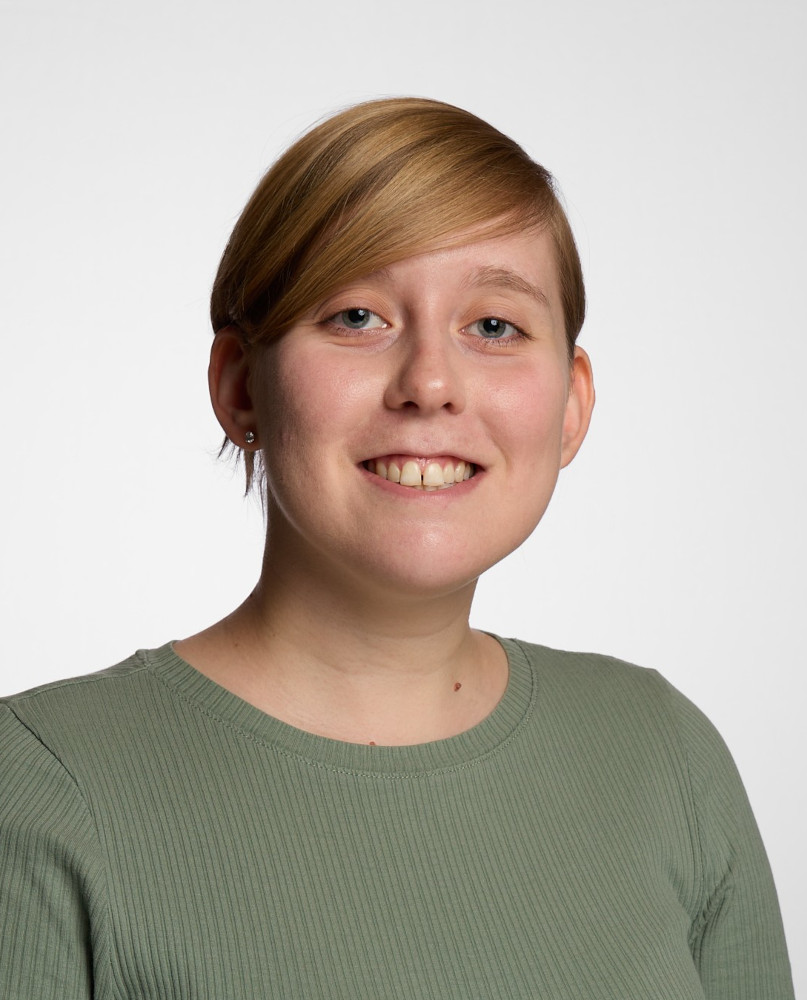 Current Committee Role:
Current Committee Role:
Communications Coordinator
About Me:
I am a Collections Assistant (Earth Collections) at Oxford University Museum of Natural History, where I undertake a range of curatorial activities within the palaeontology collections, including cataloguing, location and movement control, access, donations and loans.
As a palaeontologist, I have worked across a variety of taxonomic groups, including marine invertebrates, marine vertebrates and terrestrial invertebrates. I started my career with a BSc (Hons) in Palaeontology from the University of Portsmouth (2015 - 2018), where my undergraduate thesis investigated the taphonomy of ammonites from the Toarcian Whitby Mudstone Formation, North Yorkshire. I then undertook a stand-alone one-year Masters degree at the University of Manchester (2018 - 2020) and received an MPhil in Palaeontology for a thesis that focused on a revision of Temnodontosaurus crassimanus (Ichthyosauria) from the Lower Jurassic (Toarcian) of Whitby, Yorkshire. In 2024, I completed a PhD at The Open University, funded by NERC through the CENTA Doctoral Training Partnership, which focused on fossil insect assemblages associated with the Toarcian Oceanic Anoxic Event in northwest Tethys.
In August 2021, I was part of a small team which excavated the largest, most complete marine reptile skeleton ever unearthed in Britain, at the Rutland Water Nature Reserve. In July 2022, I was also part of an excavation team which unearthed an Early Jurassic marine ecosystem at a newly found site at Court Farm near Stroud, Gloucestershire. The excavation yielded fossil finds including exceptionally preserved fish, ichthyosaur bones, molluscs, coprolites, rare insects and more.
I am incredibly enthusiastic about helping to build the profile of the Geological Collections Group, and to advocate for the importance and protection of geological collections. Please feel free to reach out to me at
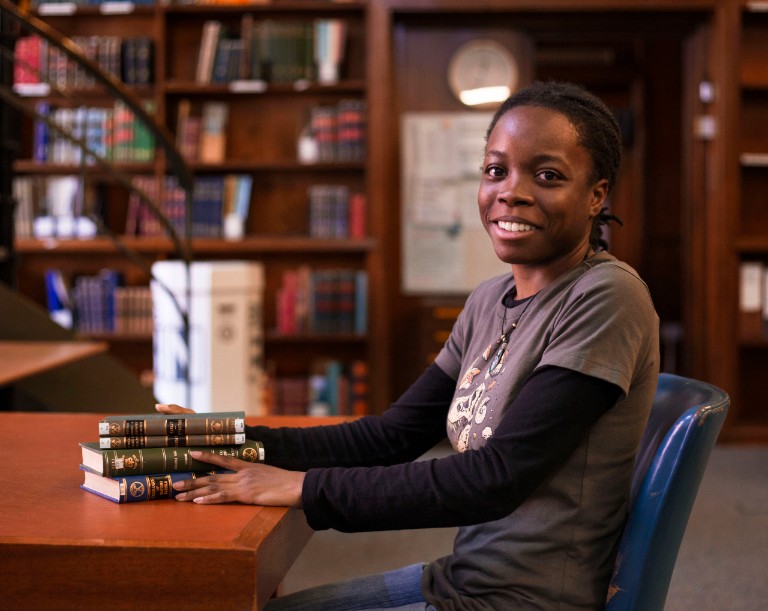 Current Committee Role:
Current Committee Role:
Ordinary Member
About Me:
I’m the Curator, Mineralogy at the Natural History Museum in London. My role involves looking after the museum’s scientifically and historically important mineral collection. No two days are the same, which is something I really love about my job. I’m responsible for enhancing specimen data on the collections management system, managing enquiries (ranging from researchers who need samples for their projects, to identification requests from the general public), doing outreach and gallery tours, presenting at conferences, and more. A couple of my current projects are micromount curation and examining how minerals are altered while on display in galleries.
My journey into museums began with my first visit to the NHM in 2013; walking up and down the rows of display cases in the mineral gallery was when I decided I wanted to pursue a museum career. Later that year, I began my MSci Geology degree at UCL. While studying, I had a couple of volunteer roles with the university’s various collections, and I was lucky enough to get a paid role curating the geological teaching collections. I also worked at UCL’s Grant Museum of Zoology for a couple of years.
I first joined the NHM as a Fossil Mammals Volunteer in 2018 and then an Assistant Curator a few months later. Over the years I had a number of short-term contracts at the NHM as a collections assistant and georeferencing assistant. I’ve been curating the mineralogy collections since 2022.
I’ve been a GCG member since 2018 and have attended several conferences and workshops, which have always been a highlight for me. It was the 50th Anniversary Meeting in Leicester that convinced me to become further involved with the group, and I’m really looking forward to my time as a committee member!
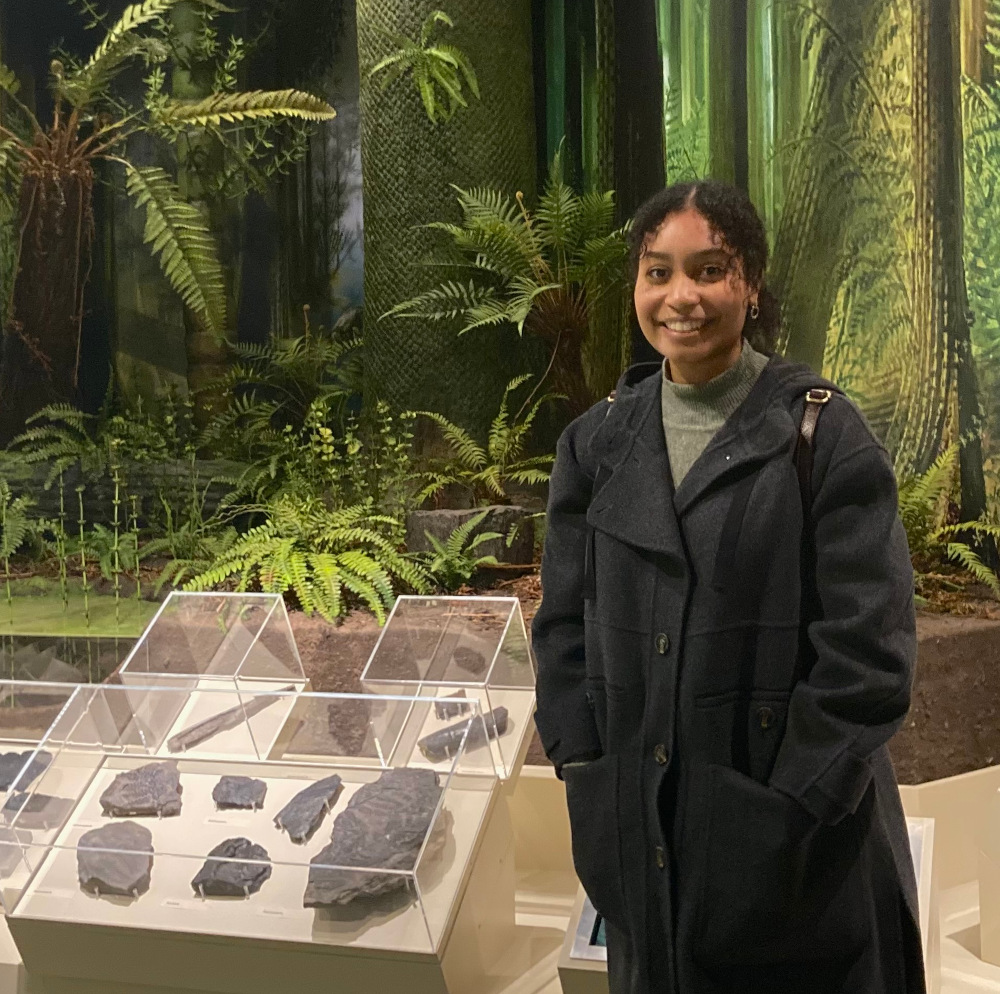 Current Committee Role:
Current Committee Role:
Ordinary Member
About Me:
I’m the Assistant Curator of Vertebrate Zoology at World Museum, National Museums Liverpool. Here, I am responsible for the collection of 80,000 specimens of birds, mammals, fish, amphibians and reptiles – including their care and management. I conduct my own research into the collection as well as facilitate visits for students, artists and other researchers who wish to access the collections for their projects. The vertebrate zoology collection is made up of specimens preserved in spirit, animal study skins, osteological material, egg clutches and taxidermy.
I studied a Geoscience BSc and MSc Geoscience Research at Keele University. My Master’s Research project focused on the Holocene epoch particularly micropalaeontology, palaeoceanography and palaeoclimates. My thesis discussed how proxy data can reflect carbon storage to the sea floor in productive areas like shelf seas during the Holocene in the Celtic Sea.
I was first employed, thanks to the ACE Grant Secured for Accessing Staffordshire Geology Project, as the Assistant Curator of Natural Science at the Potteries Museum and Art Gallery. I thoroughly enjoyed documenting the fossils collected by Edward ‘Ted’ Watkin and co-curating their new Carboniferous Diorama – which showcases locally collected fossils from the collection.
I was awarded my Associateship of the Museum Association (AMA) in 2024 and am a volunteer for the Natural Sciences Collections Association where I contribute to the Digital Digest.

 Current Committee Role:
Current Committee Role: